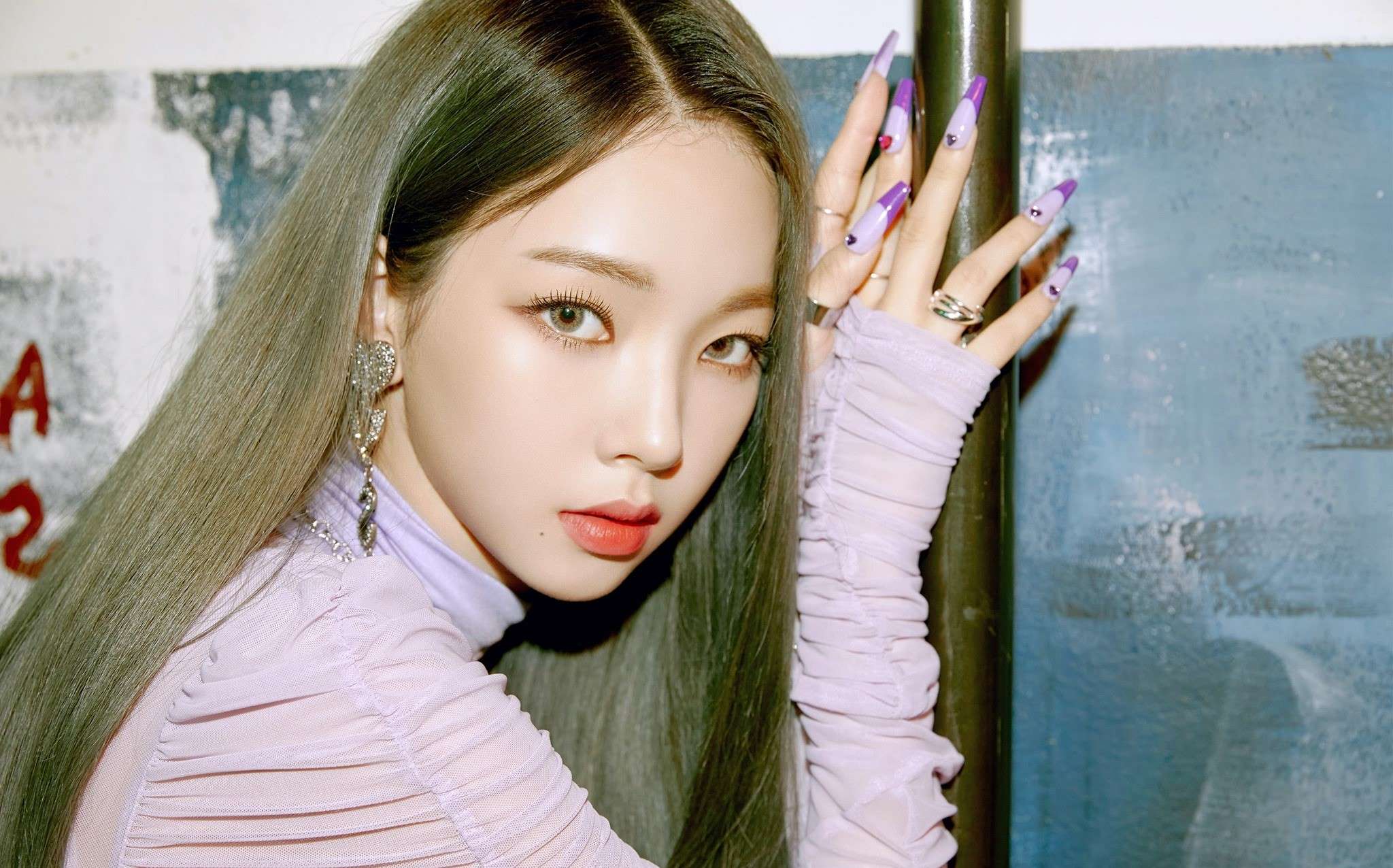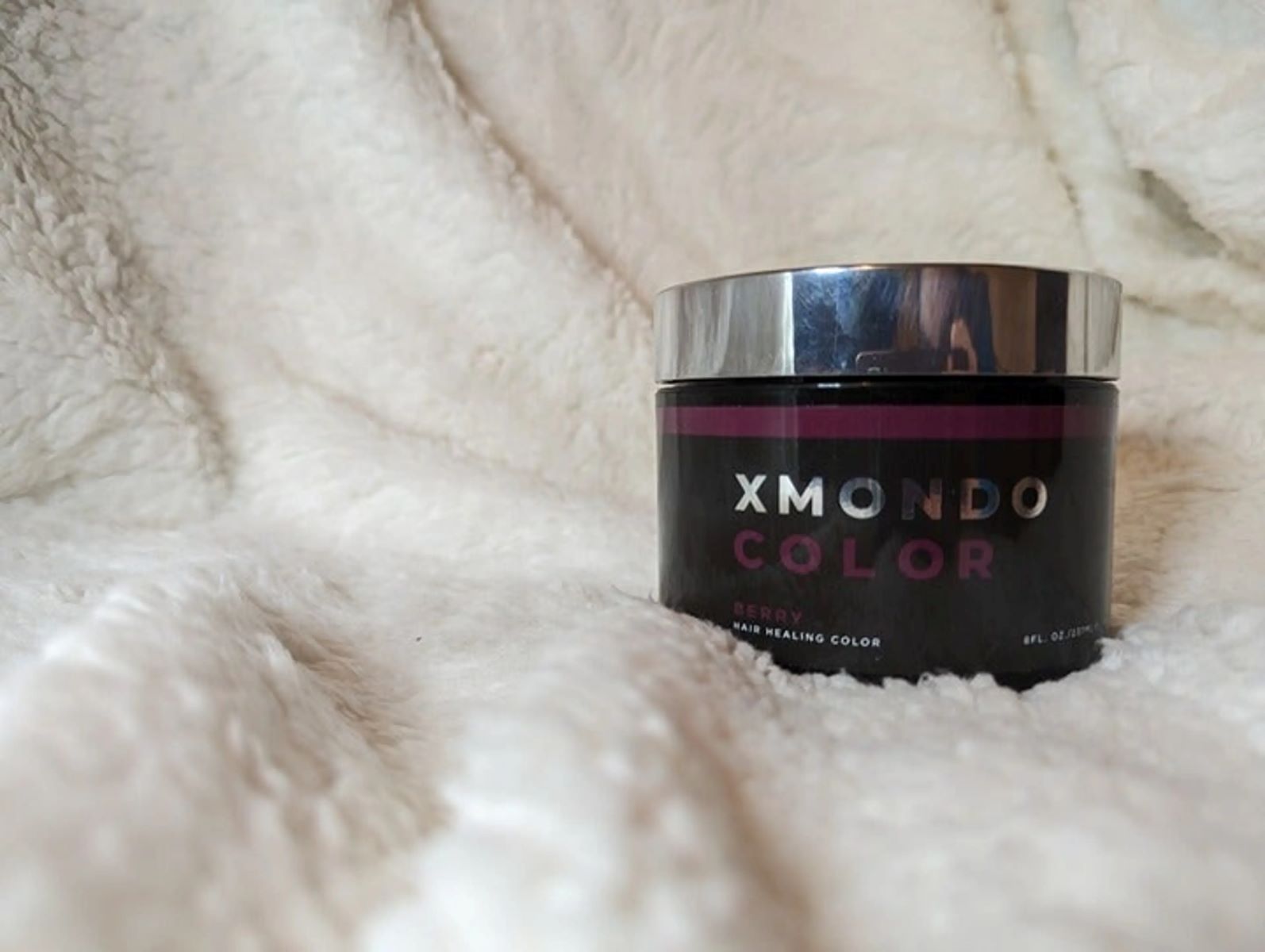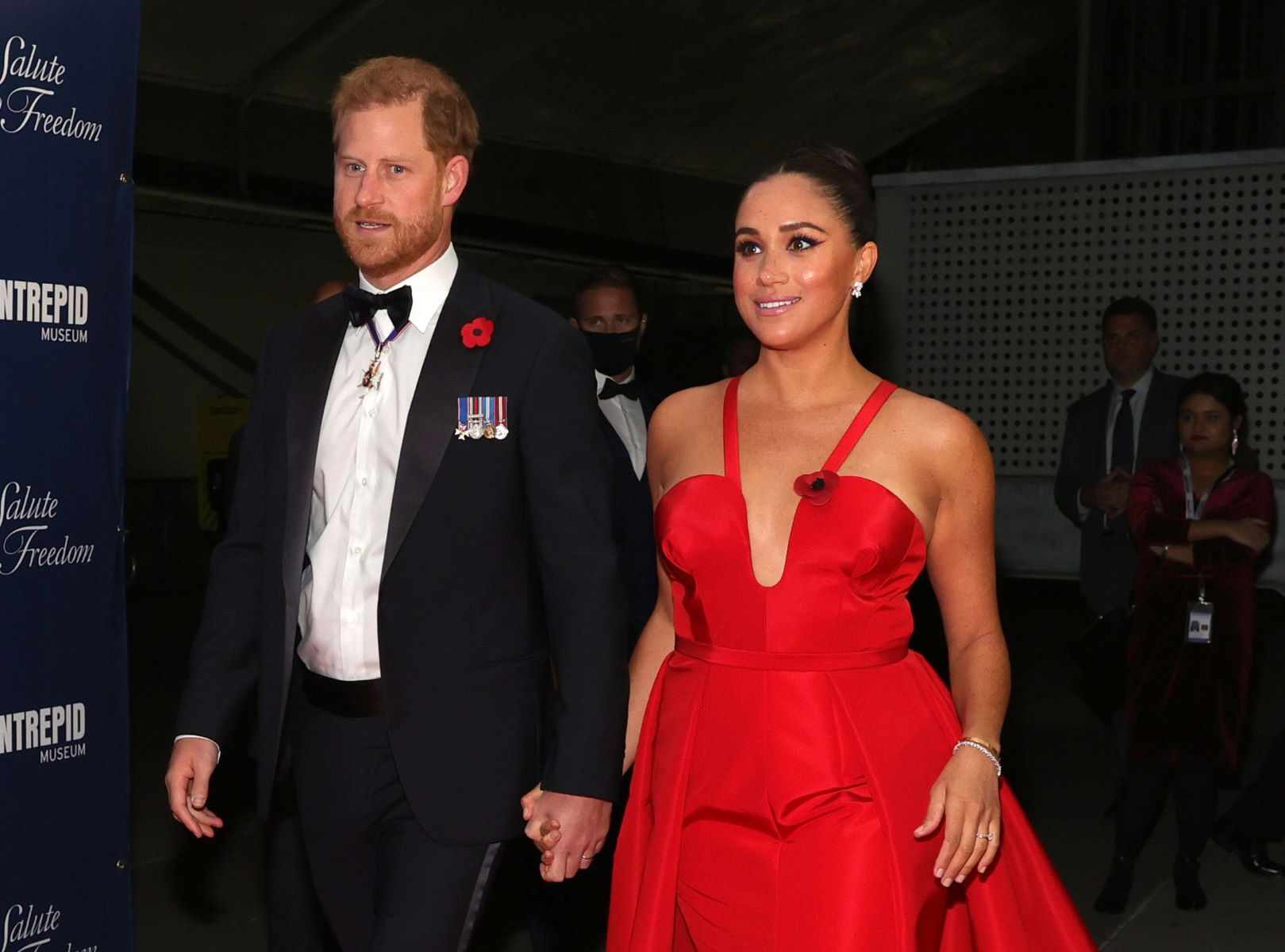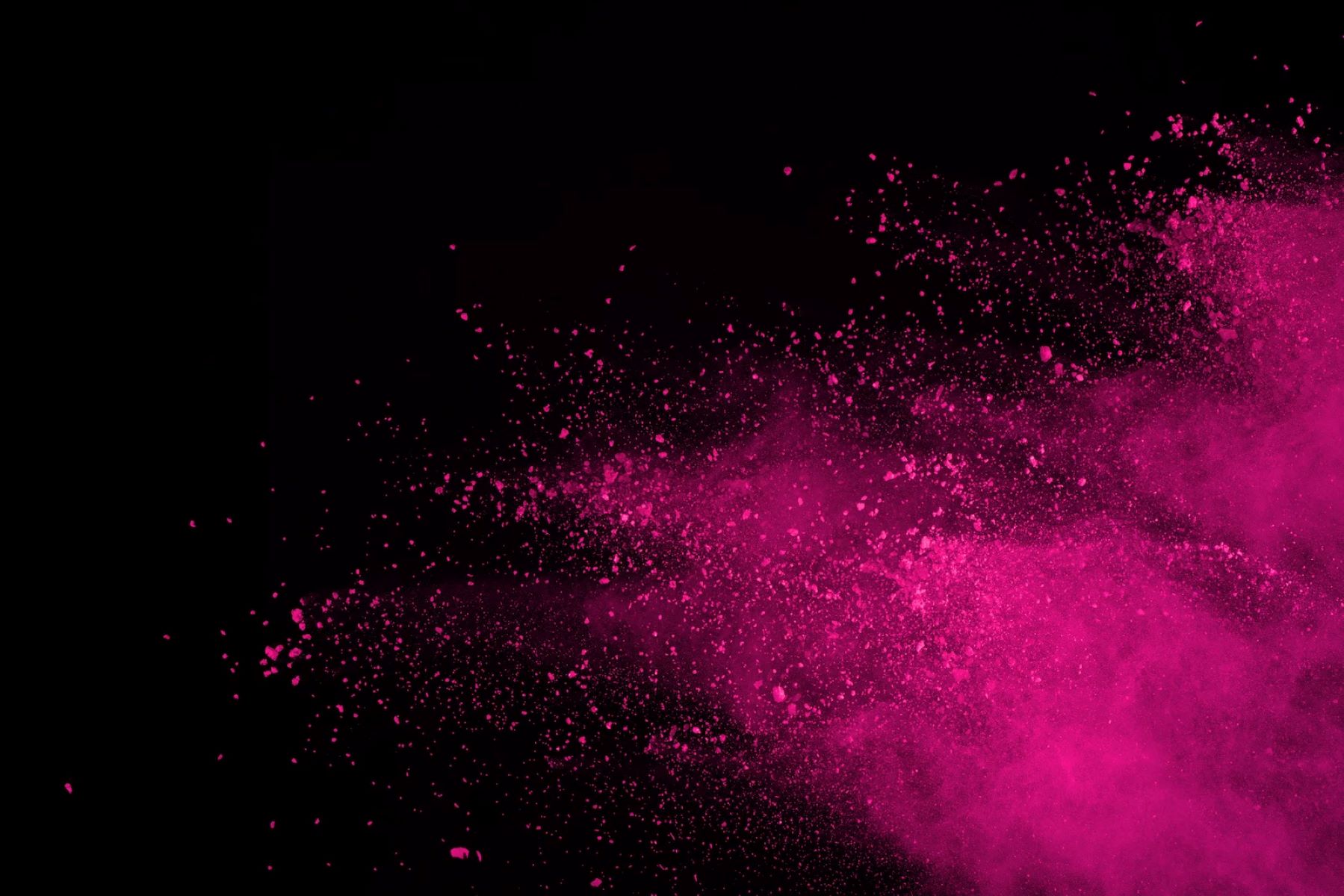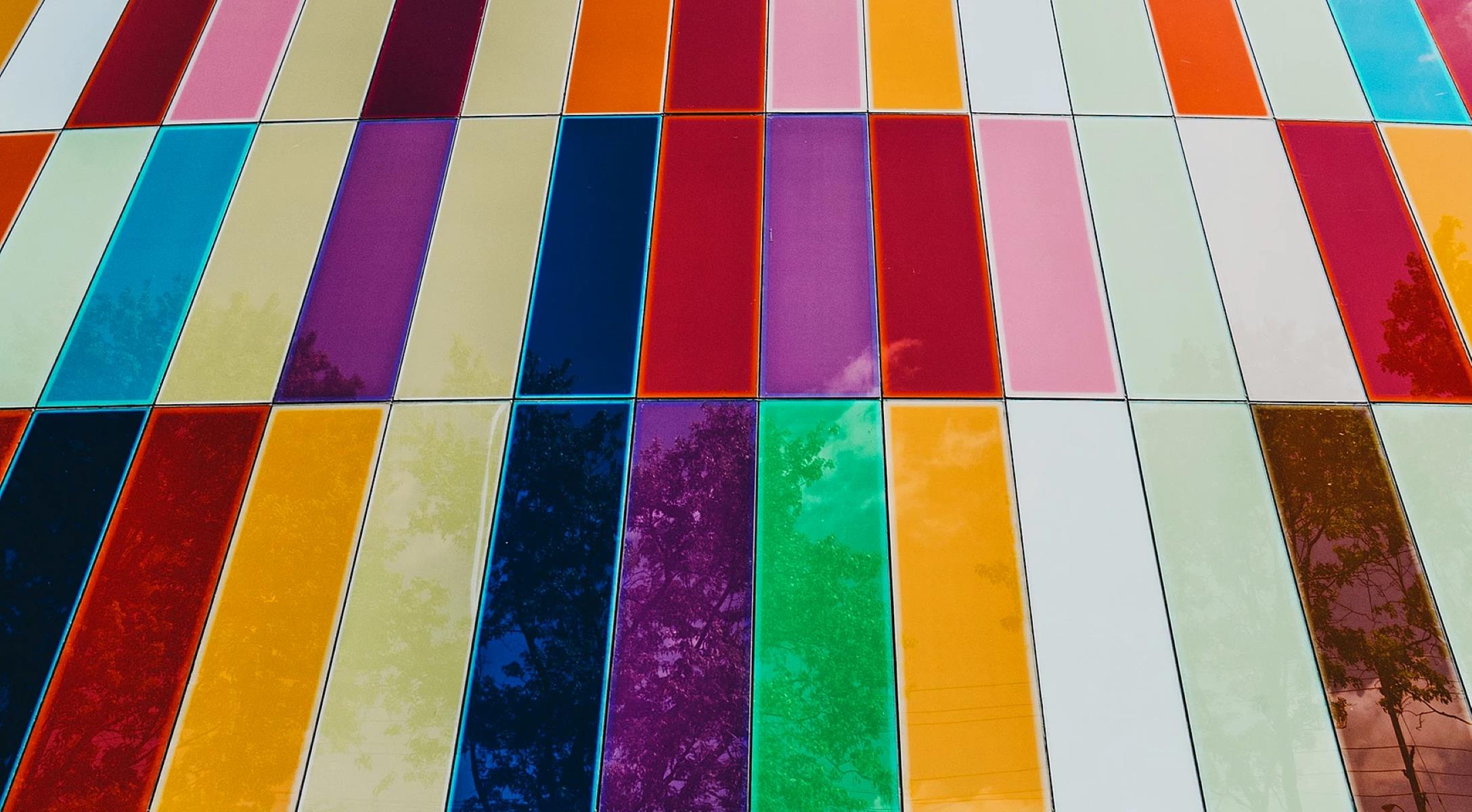Home>Arts and Culture>How To Change Colors In Crochet
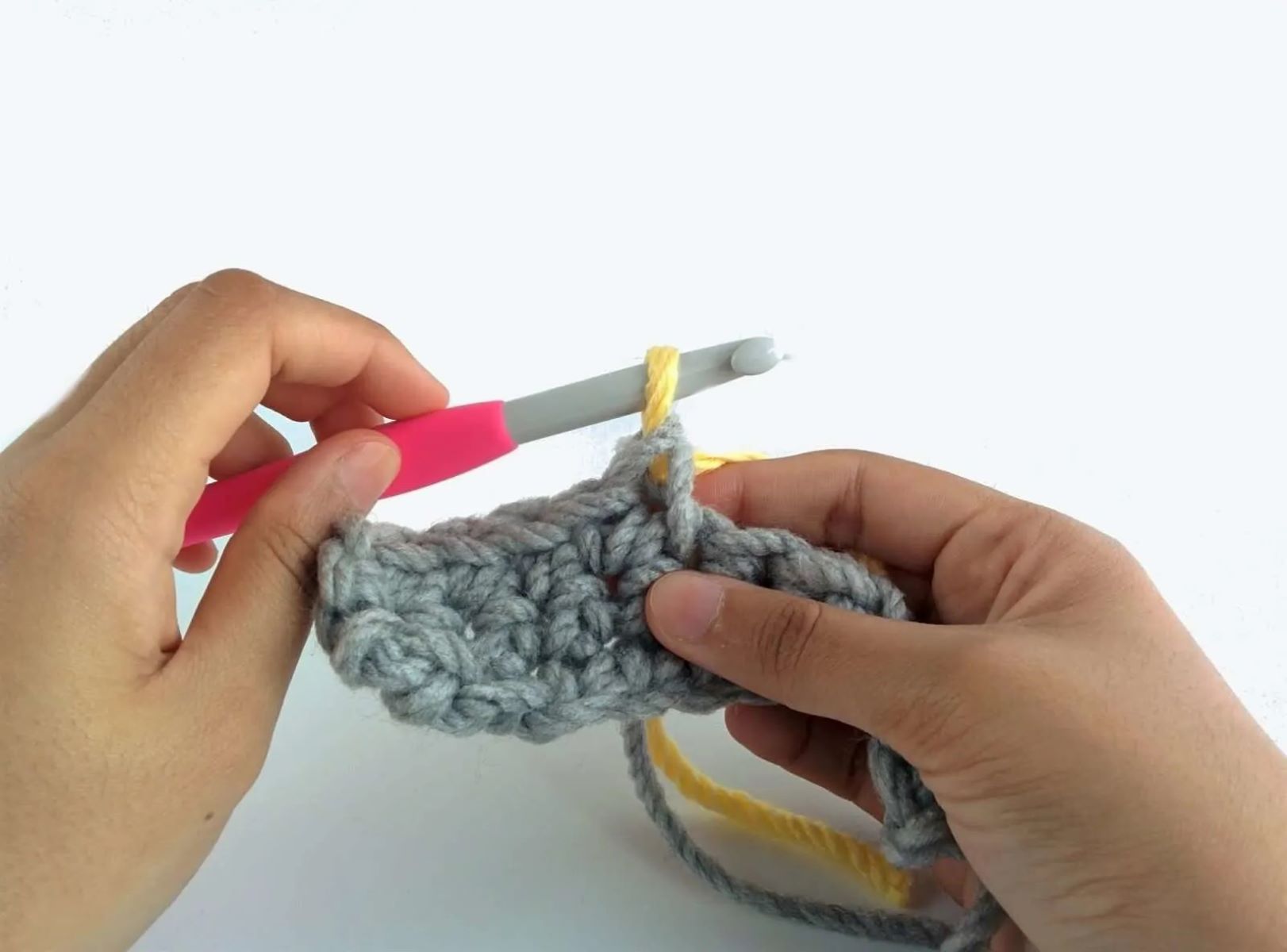

Arts and Culture
How To Change Colors In Crochet
Published: February 29, 2024
Learn how to change colors in crochet with our step-by-step guide. Explore the art of crochet and enhance your skills in arts and culture. Unlock the secrets to creating vibrant and colorful crochet projects.
(Many of the links in this article redirect to a specific reviewed product. Your purchase of these products through affiliate links helps to generate commission for Regretless.com, at no extra cost. Learn more)
Table of Contents
Introduction
Crochet is a versatile and creative craft that allows individuals to express their artistic flair through the use of various colors and textures. One of the most exciting aspects of crochet is the ability to change colors, adding depth and dimension to your projects. Whether you're a beginner or an experienced crocheter, mastering the art of color changes can elevate your creations to new heights.
In this comprehensive guide, we will delve into the fascinating world of color changes in crochet. From understanding the fundamentals to exploring advanced techniques, we will equip you with the knowledge and skills to confidently incorporate color changes into your crochet projects. Additionally, we will provide valuable tips for selecting harmonious color combinations that will bring your creations to life.
Embark on this colorful journey with us as we unravel the intricacies of color changes in crochet, empowering you to infuse your projects with vibrancy and personality. Whether you aspire to create stunning blankets, intricate garments, or charming amigurumi, mastering color changes will undoubtedly enhance the visual appeal of your crochet endeavors.
Read more: How To Decrease Stitches In Crochet
Understanding Color Changes in Crochet
Color changes in crochet are a fundamental technique that allows crocheters to introduce a diverse range of hues into their projects, creating visually captivating and dynamic pieces. Whether you're working on a simple scarf or an intricate tapestry, understanding the nuances of color changes is essential for achieving stunning results.
When incorporating color changes into your crochet work, it's crucial to comprehend the impact that different techniques can have on the overall appearance of the project. From seamless transitions between colors to bold and contrasting patterns, the possibilities are endless.
Furthermore, understanding the anatomy of crochet stitches is pivotal in mastering color changes. Each stitch presents a unique opportunity to introduce a new color, and by strategically placing these color transitions, crocheters can create captivating designs that showcase their creativity and skill.
Moreover, comprehending the interplay between yarn weight, texture, and color is essential in achieving harmonious and visually appealing results. Different yarn weights and textures can influence how colors interact with one another, ultimately shaping the overall aesthetic of the project.
In addition to the technical aspects, understanding color theory can greatly enhance a crocheter's ability to create captivating color combinations. By familiarizing oneself with concepts such as complementary, analogous, and monochromatic color schemes, crocheters can elevate their projects to new levels of sophistication and visual impact.
Ultimately, understanding color changes in crochet is about embracing creativity and exploring the endless possibilities that different hues and combinations offer. Whether you're aiming for a subtle gradient effect or a bold and vibrant color palette, mastering the art of color changes will undoubtedly unlock a world of creative potential within your crochet endeavors.
Tools and Materials Needed
When embarking on a crochet project that involves color changes, it's essential to have the right tools and materials at your disposal. Ensuring that you have the necessary equipment will not only streamline the crocheting process but also contribute to the overall quality of your finished piece. Here's a comprehensive list of tools and materials that are indispensable for successful color changes in crochet:
Yarn:
Selecting a diverse range of yarn colors is the cornerstone of successful color changes in crochet. Whether you opt for vibrant, contrasting hues or a more subdued, harmonious palette, having a varied selection of yarn colors is crucial for bringing your creative vision to life.
Crochet Hooks:
Investing in a set of high-quality crochet hooks in various sizes will provide you with the versatility needed to execute seamless color changes. Different hook sizes are often required for different yarn weights, and having a comprehensive set ensures that you can effortlessly transition between colors while maintaining consistent tension and stitch quality.
Yarn Needles:
Yarn needles, also known as tapestry needles, are indispensable for weaving in loose ends and seamlessly joining different yarn colors. These needles allow for precise and discreet finishing, ensuring that color changes appear seamless and polished in the final piece.
Scissors:
A sharp pair of scissors is essential for cleanly cutting yarn when transitioning between colors. Precision is key when snipping yarn, as neat and tidy color changes contribute to the overall professional finish of your crochet project.
Yarn Bobbins or Clips:
Yarn bobbins or clips are invaluable for managing multiple yarn colors within a single project. These tools help prevent tangling and ensure that yarn transitions are smooth and organized, allowing you to focus on the creative aspects of color changes without being hindered by logistical challenges.
Yarn Bowl or Organizer:
Keeping your yarn organized and easily accessible is essential when working on projects that involve frequent color changes. A yarn bowl or organizer can help prevent yarn from tangling and ensure that you can swiftly transition between colors without interruptions.
By equipping yourself with these essential tools and materials, you'll be well-prepared to embark on crochet projects that incorporate captivating color changes. With the right resources at your disposal, you can confidently explore the endless creative possibilities that color changes offer, elevating your crochet endeavors to new heights of artistry and expression.
Read more: How To Change Linkedin URL
Basic Color Change Techniques
Mastering basic color change techniques is essential for any crocheter looking to add visual interest and complexity to their projects. These fundamental techniques form the building blocks for more intricate colorwork and pave the way for endless creative possibilities. Here, we'll explore the key methods for seamlessly transitioning between colors in your crochet work.
Cut and Join Method
The cut and join method is a straightforward technique that involves cutting the yarn at the end of a row or round and joining a new color. After completing the final stitch with the current color, the yarn is cut, leaving a tail for weaving in later. The new color is then joined by creating a slipknot on the hook and pulling it through the last stitch of the previous color. This method is ideal for projects with distinct color blocks or when a clean color transition is desired.
Join-As-You-Go Method
The join-as-you-go method is commonly used in projects that require continuous color changes, such as granny squares or intricate motifs. With this technique, the new color is introduced and joined directly to the working yarn, eliminating the need to cut and weave in ends at every color transition. This method is efficient and results in a seamless integration of colors, making it a popular choice for projects with intricate color patterns.
Standing Single Crochet
The standing single crochet is a versatile technique that allows for on-the-spot color changes within a row or round. Instead of joining a new color at the beginning of a row with a slip stitch, the standing single crochet involves starting the new color directly with a single crochet stitch. This method is particularly useful for projects that require frequent color changes and a seamless transition between colors within the same row or round.
Read more: How To Change WiFi Password Spectrum
Invisible Join
The invisible join technique is employed to create a seamless and polished finish at the end of a project or when joining rounds. By using this method, the final stitch is completed with the new color, and the yarn is seamlessly woven into the fabric to create an imperceptible transition. This technique is especially beneficial for projects with a circular or seamless construction, as it ensures that color changes are virtually undetectable.
By mastering these basic color change techniques, crocheters can confidently embark on projects that incorporate captivating color transitions and intricate patterns. These foundational methods lay the groundwork for more advanced colorwork and empower crocheters to unleash their creativity, resulting in visually stunning and professionally finished crochet pieces.
Advanced Color Change Techniques
In the realm of crochet, advanced color change techniques open up a world of intricate and visually captivating possibilities. These techniques allow crocheters to elevate their projects to new levels of artistry, incorporating complex color patterns, gradients, and seamless transitions. By mastering these advanced techniques, crocheters can infuse their creations with depth, dimension, and a sophisticated aesthetic.
Tapestry Crochet
Tapestry crochet is a technique that involves working with multiple yarn colors in a single row or round to create intricate color patterns and designs. Unlike traditional crochet, where the inactive yarn is carried along the back of the work, tapestry crochet requires the crocheter to carry both yarn colors throughout the row, alternating between them to create detailed motifs and images. This technique is ideal for crafting visually striking pieces such as bags, hats, and decorative textiles, allowing for the incorporation of elaborate colorwork and complex designs.
Intarsia Crochet
Intarsia crochet is a technique borrowed from the world of knitting, where distinct blocks of color are worked across rows or rounds to create bold and geometric color patterns. Unlike tapestry crochet, intarsia crochet involves using separate bobbins or balls of yarn for each color block, resulting in clean and defined color transitions without carrying yarn across the fabric. This technique is particularly well-suited for projects that feature large, solid color areas and sharp color contrasts, enabling crocheters to create visually impactful designs with precision and clarity.
Read more: How To Make Beige Color
Overlay Crochet
Overlay crochet, also known as mosaic crochet, is a technique that combines color changes with textured stitches to produce intricate and visually stunning fabric. By overlaying contrasting colors and working front post and back post stitches, crocheters can create richly textured and three-dimensional designs that showcase a harmonious interplay of color and structure. This technique is often used to craft elaborate blankets, shawls, and home decor items, adding a touch of elegance and complexity to crochet projects.
Planned Color Pooling
Planned color pooling is a technique that involves strategically manipulating variegated yarn to create deliberate and controlled color patterns, resulting in mesmerizing geometric designs. By understanding the color repeats and tension variations in variegated yarn, crocheters can intentionally align the colors to form striking plaid, argyle, or zigzag patterns. This technique requires careful planning and attention to detail, allowing crocheters to achieve mesmerizing visual effects with variegated yarn, transforming seemingly random color changes into deliberate and captivating designs.
By delving into these advanced color change techniques, crocheters can expand their creative repertoire and embark on projects that showcase intricate colorwork, complex patterns, and sophisticated design elements. These techniques empower crocheters to push the boundaries of traditional color changes, unlocking a realm of artistic expression and visual storytelling within their crochet creations.
Tips for Choosing Colors
Selecting the right colors is a pivotal aspect of crochet projects, as it can significantly impact the overall visual appeal and aesthetic coherence of the finished piece. Whether aiming for a harmonious blend or a bold contrast, the following tips can guide crocheters in making informed decisions when choosing colors for their projects.
Consider Color Theory
Understanding the principles of color theory can be immensely beneficial when selecting colors for a crochet project. Concepts such as complementary, analogous, and monochromatic color schemes can serve as a valuable guide for creating visually pleasing combinations. Complementary colors, positioned opposite each other on the color wheel, can create striking contrast, while analogous colors, adjacent on the wheel, offer a harmonious and cohesive palette. Additionally, monochromatic schemes, based on variations of a single color, can evoke a sense of elegance and subtlety.
Evaluate Color Psychology
Delving into the psychological impact of colors can inform the emotional resonance of a crochet project. Warm colors like reds, oranges, and yellows can evoke feelings of energy and vitality, while cool colors such as blues and greens may convey a sense of calm and tranquility. Understanding the emotional associations of different colors can help crocheters imbue their projects with specific moods and atmospheres, adding depth and meaning to their creations.
Experiment with Color Swatching
Before committing to a specific color palette, crocheters can benefit from creating color swatches to visualize how different hues interact with each other. By crocheting small samples using the intended colors, individuals can assess how the colors blend, contrast, or complement each other. This hands-on approach allows for experimentation and adjustments, ensuring that the final color choices align with the desired aesthetic vision.
Seek Inspiration from Nature and Art
Drawing inspiration from the natural world and artistic expressions can provide a rich source of color inspiration. Observing the vibrant hues of flowers, the serene tones of landscapes, or the bold palettes of renowned artworks can spark creativity and guide color selection. Nature's inherent color harmonies and the masterful use of color in art can inspire crocheters to craft visually captivating and evocative color combinations.
Embrace Personal Expression
While guidelines and theories offer valuable insights, embracing personal preferences and individual expression is paramount when choosing colors for crochet projects. Each individual has unique tastes and inclinations, and allowing personal creativity to guide color choices can result in projects that authentically reflect the crocheter's personality and artistic sensibilities.
By incorporating these tips into the color selection process, crocheters can confidently embark on projects with carefully curated color palettes that enhance the visual impact and emotional resonance of their creations. Whether aiming for subtlety, vibrancy, or sophistication, thoughtful color choices can elevate crochet projects to new levels of artistry and expression.
Read more: How To Change Cabin Air Filter
Conclusion
In conclusion, mastering the art of color changes in crochet opens up a world of creative possibilities, allowing crocheters to infuse their projects with vibrancy, depth, and visual intrigue. From basic color change techniques to advanced methods, the journey of incorporating diverse hues into crochet work is a testament to the artistry and skill of the crafter. By understanding the interplay of colors, embracing color theory, and exploring advanced techniques, crocheters can elevate their projects to new heights of sophistication and visual storytelling.
The seamless integration of different colors not only adds aesthetic appeal but also enables crocheters to convey emotions, evoke moods, and tell compelling visual narratives through their creations. Whether aiming for bold contrasts, subtle gradients, or intricate color patterns, the ability to execute flawless color changes empowers crocheters to bring their artistic visions to life with precision and finesse.
Furthermore, the process of selecting colors for crochet projects is a deeply personal and expressive endeavor. By considering color theory, psychology, and drawing inspiration from nature and art, crocheters can curate color palettes that resonate with their individual sensibilities and creative aspirations. This personalized approach to color selection ensures that each crochet project becomes a unique and authentic reflection of the crafter's artistic voice.
Ultimately, the journey of mastering color changes in crochet is a testament to the boundless creativity and ingenuity of the crafting community. Whether creating intricate tapestries, cozy blankets, or fashionable accessories, the skillful application of color changes elevates crochet work from mere fabric manipulation to a form of visual artistry.
As crocheters continue to explore the captivating world of color changes, they embark on a colorful odyssey that transcends the boundaries of traditional crafting, allowing them to weave stories, evoke emotions, and create timeless pieces that resonate with beauty and creativity. With each stitch and color transition, crocheters breathe life into their creations, leaving a vibrant and indelible mark on the rich tapestry of the crafting world.


